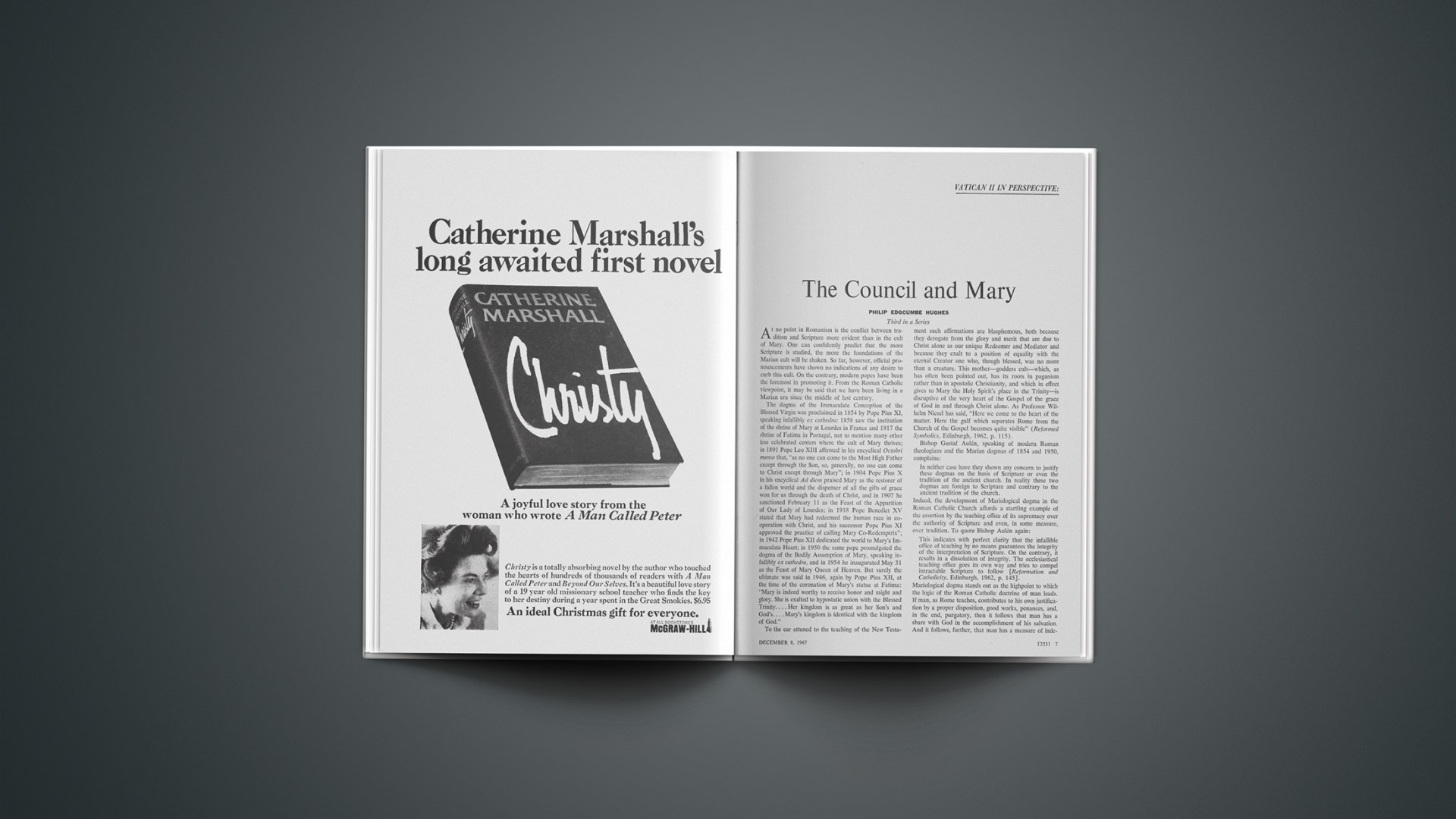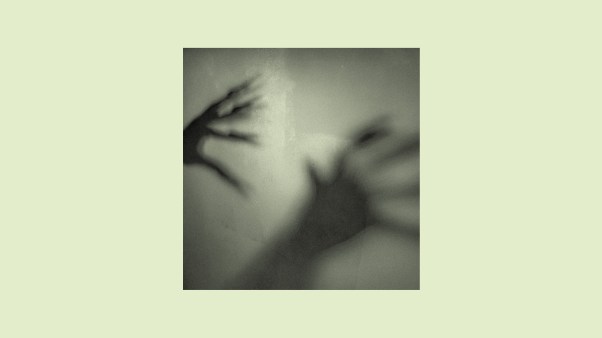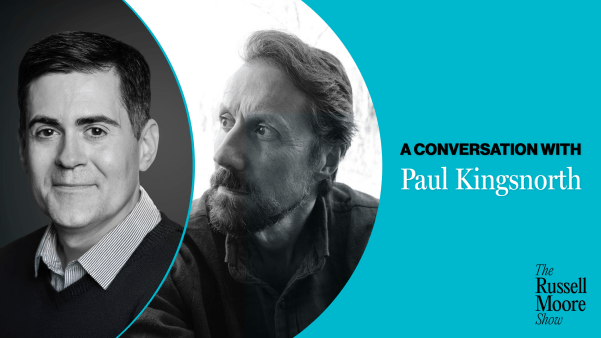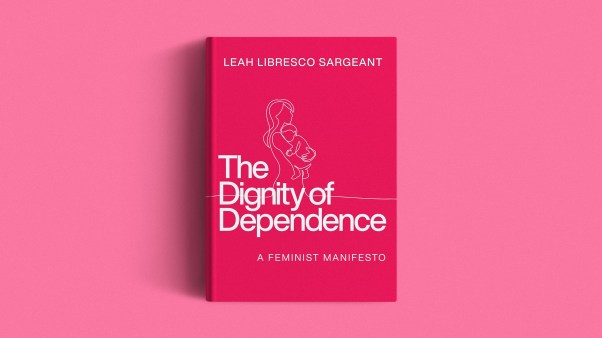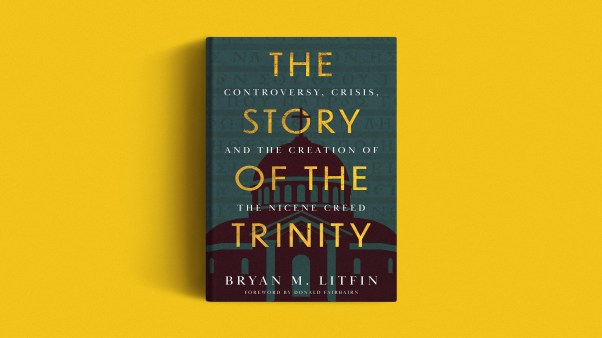At no point in Romanism is the conflict between tradition and Scripture more evident than in the cult of Mary. One can confidently predict that the more Scripture is studied, the more the foundations of the Marian cult will be shaken. So far, however, official pronouncements have shown no indications of any desire to curb this cult. On the contrary, modern popes have been the foremost in promoting it. From the Roman Catholic viewpoint, it may be said that we have been living in a Marian era since the middle of last century.
The dogma of the Immaculate Conception of the Blessed Virgin was proclaimed in 1854 by Pope Pius XI, speaking infallibly ex cathedra; 1858 saw the institution of the shrine of Mary at Lourdes in France and 1917 the shrine of Fatima in Portugal, not to mention many other less celebrated centers where the cult of Mary thrives; in 1891 Pope Leo XIII affirmed in his encyclical Octobri mense that, “as no one can come to the Most High Father except through the Son, so, generally, no one can come to Christ except through Mary”; in 1904 Pope Pius X in his encyclical Ad diem praised Mary as the restorer of a fallen world and the dispenser of all the gifts of grace won for us through the death of Christ, and in 1907 he sanctioned February 11 as the Feast of the Apparition of Our Lady of Lourdes; in 1918 Pope Benedict XV stated that Mary had redeemed the human race in cooperation with Christ, and his successor Pope Pius XI approved the practice of calling Mary Co-Redemptrix”; in 1942 Pope Pius XII dedicated the world to Mary’s Immaculate Heart; in 1950 the same pope promulgated the dogma of the Bodily Assumption of Mary, speaking infallibly ex cathedra, and in 1954 he inaugurated May 31 as the Feast of Mary Queen of Heaven. But surely the ultimate was said in 1946, again by Pope Pius XII, at the time of the coronation of Mary’s statue at Fatima: “Mary is indeed worthy to receive honor and might and glory. She is exalted to hypostatic union with the Blessed Trinity.… Her kingdom is as great as her Son’s and God’s.… Mary’s kingdom is identical with the kingdom of God.”
To the ear attuned to the teaching of the New Testament such affirmations are blasphemous, both because they derogate from the glory and merit that are due to Christ alone as our unique Redeemer and Mediator and because they exalt to a position of equality with the eternal Creator one who, though blessed, was no more than a creature. This mother—goddess cult—which, as has often been pointed out, has its roots in paganism rather than in apostolic Christianity, and which in effect gives to Mary the Holy Spirit’s place in the Trinity—is disruptive of the very heart of the Gospel of the grace of God in and through Christ alone. As Professor Wilhelm Niesel has said, “Here we come to the heart of the matter. Here the gulf which separates Rome from the Church of the Gospel becomes quite visible” (Reformed Symbolics, Edinburgh, 1962, p. 115).
Bishop Gustaf Aulén, speaking of modern Roman theologians and the Marian dogmas of 1854 and 1950, complains:
In neither case have they shown any concern to justify these dogmas on the basis of Scripture or even the tradition of the ancient church. In reality these two dogmas are foreign to Scripture and contrary to the ancient tradition of the church.
Indeed, the development of Mariological dogma in the Roman Catholic Church affords a startling example of the assertion by the teaching office of its supremacy over the authority of Scripture and even, in some measure, over tradition. To quote Bishop Aulén again:
This indicates with perfect clarity that the infallible office of teaching by no means guarantees the integrity of the interpretation of Scripture. On the contrary, it results in a dissolution of integrity. The ecclesiastical teaching office goes its own way and tries to compel intractable Scripture to follow [Reformation and Catholicity, Edinburgh, 1962, p. 145].
Mariological dogma stands out as the highpoint to which the logic of the Roman Catholic doctrine of man leads. If man, as Rome teaches, contributes to his own justification by a proper disposition, good works, penances, and, in the end, purgatory, then it follows that man has a share with God in the accomplishment of his salvation. And it follows, further, that man has a measure of independence and sovereignty alongside the independence and sovereignty of Almighty God. The distinction between God and man is reduced to one that is no longer absolute but relative, not only in the matter of ability but even in that of being. This human potential is symbolized in a concrete manner in the person of Mary, free from taint of sin, collaborating in redemption—without whose consent and cooperation, indeed, our redemption would not have been effected—and exalted to the heights of divinity as the queen-mother of heaven, there to intercede with a mother’s compassionate heart and turn aside the displeasure of a less indulgent Mediator.
Those who had hopes that the Second Vatican Council would apply the brakes to the rapidly advancing cult of Mary and seek to restore to Christ the uniqueness of his mediatorial office were soon disillusioned. On the first day of the council, October 11, 1962, Pope John XXIII declared at the very beginning of his opening speech that the assembled delegates were met together “under the auspices of the virgin Mother of God”; and that same speech concluded with a prayer to Mary, “Help of Christians, Help of Bishops,” to “dispose all things for a happy and propitious outcome” and, together with her spouse “St. Joseph, the holy Apostles Peter and Paul, St. John the Baptist, and St. John the Evangelist,” to intercede for them to God (The Documents of Vatican II, New York, 1966, pp. 710, 719; further references to this volume will use the abbreviation DV II followed by the page number). In his papal brief declaring the council closed, which was read on December 8, 1965, Pope Paul VI spoke to the same effect.
These, however, are but straws in the wind compared with the concluding chapter of the Dogmatic Constitution of the Church—a document that, according to Father Avery Dulles, S. J., has been hailed “with something like unanimity” as “the most momentous achievement of the Council” (DV II, 10). The theme of this concluding chapter is “The Role of the Blessed Virgin Mary, Mother of God, in the Mystery of Christ and the Church.”
In fairness it must be said that theologians and preachers are earnestly exhorted that ‘in treating of the unique dignity of the Mother of God” they should “carefully and equally avoid the falsity of exaggeration on the one hand and the excess of narrow-mindedness on the other” (DV II, 95); that it is explicitly stated that because Mary “belongs to the offspring of Adam” she is “one with all human beings in their need for salvation” (DV II, 86); and that assurance is given that “the maternal duty of Mary toward men in no way obscures or diminishes” the “unique mediation of Christ” (DV II, 90). But there is nothing new about all this; similar admonitions and reassurances have been uttered numerous times in the past. Protestations of scriptural orthodoxy have a hollow ring when they are used to justify teachings manifestly alien to the evangelical doctrine of Scripture. Besides, as has already been shown, the modern popes bear a heavy responsibility for the encouragement of the unbiblical exaggerations of the cult of Mary.
Despite all qualifying clauses, the effect, in both logic and practice, of the Mariology of the Roman church is to rob Christ of the uniqueness of his redemptive and mediatorial office. How can it be otherwise, when Christ declares that it is he who gives life to the world (John 6:33), whereas the council, without disputing this, affirms that Mary “gave Life to the world” (DV II, 86); when the apostles consistently declare that the likeness to which we are to be conformed is that of Christ (Rom. 8:29; 2 Cor. 3:18; Phil. 3:21; 1 John 3:2), whereas the council affirms that Mary is “the Church’s model” and that those who “strive to increase in holiness … raise their eyes to Mary who shines forth to the whole community of the elect as a model of the virtues” (DV II, 86, 93); when the Scriptures consistently declare that Christ alone was without sin (2 Cor. 5:21; Heb. 4:15; 7:26; 1 Pet. 1:19; 2:22; 1 John 3:5), whereas the council affirms that Mary was “entirely holy and free from all stain of sin,” was “adorned from the first instant of her conception with the splendors of an entirely unique holiness,” and in what she subsequently did was “impeded by no sin” (DV II, 88); and when the New Testament consistently declares that Christ is the sole and unique Mediator between God and man and the only Redeemer of our race (1 Tim. 2:5; Heb. 9:15; John 14:6; Acts 4:12; 1 John 2:1), whereas the council—though, as we have mentioned, it acknowledges this—applies the title “Mediatrix” to Mary and affirms that by her “cooperating in the work of human salvation” there was a “union of the Mother with the Son in the work of salvation” (DV II, 84). In other words, though the term itself is not used, Vatican II propounds the heresy that Mary is Co-redemptrix with Christ.
It is deplorable that the council’s work of aggiornamento did not extend to two scriptural mistranslations that for centuries have done heavy duty as props for the mystique of Mary but that are discredited by the humblest linguistic tyro. For so erudite an assembly to have dressed up these two mistranslated verses (Genesis 3:15 and Luke 1:28) and pressed them into service yet again is inexcusable. In Genesis 3:15 the Hebrew pronoun that stands for the seed of the woman is masculine in gender, agreeing with the Hebrew noun for “seed.” The Vulgate (Latin) version, however, misrendered it as feminine (ipsa, “she”), and on the strength of this the verse was commonly applied as though it were prophetic of the role of Mary. The Jerusalem Bible, to cite the most recent English version, renders the clause legitimately, “It will crush your head.” But the council, evidently leaning on the old mistranslation, states that Mary “is already prophetically foreshadowed in that victory over the serpent which was promised to our first parents after their fall into sin (cf. Gen. 3:15)” (DV II, 87).
Again, the Vulgate wrongly rendered the Greek of Luke 1:28 as Ave, gratia plena (“Hail, thou that art full of grace”), and for centuries this rendering has been used to bolster up the doctrine of the unique sinlessness and holiness of Mary. The passage is translated legitimately, once more, in the Jerusalem Bible: “Rejoice, so highly favored!” But the council persists in buttressing its concept of Mary’s “entirely unique holiness” by adducing the manner in which she was “greeted by an angel messenger as ‘full of grace’ (cf. Lk. 1:28)” (DV II, 88). To mishandle Scripture can only lead, as it has done, to confusion.
Far from restraining the tide of Mariolatry, the Second Vatican Council has strongly endorsed it, admonishing “all the sons of the Church that the cult, especially the liturgical cult, of the Blessed Virgin be generously fostered,” and charging “that practices and exercises of devotion toward her be treasured as recommended by the teaching authority of the Church in the course of centuries, and that those decrees issued in earlier times regarding the veneration of images of Christ, the Blessed Virgin, and the saints be religiously observed” (DV II, 94).
The concluding exhortation of the Dogmatic Constitution of the Church makes this appeal:
Let the entire body of the faithful pour forth persevering prayer to the Mother of God and Mother of men. Let them implore that she who aided the beginnings of the Church by her prayers may now, exalted as she is in heaven above all the saints and angels, intercede with her Son … [DV II, 96].
How else can this be understood except as an infringement of the unique Mediatorship of Christ? And if the mediation of Mary is necessary before we can be heard in heaven, what has happened to that boldness with which the believer is invited to “enter into the holiest by the blood of Jesus” and to that “full assurance of faith” with which we are urged to draw near to God through him who is our great High Priest, who ever lives to make intercession for us in heaven (Heb. 10:19–23; 7:25).
Nothing less than the Gospel of our redemption is at stake here. Today the challenge comes afresh to us and to our Roman Catholic friends to “hold fast the profession of our faith without wavering.” The Gospel forbids us to acknowledge any mediator or intercessor or means of entry into the presence of God other than our Saviour Christ, who alone is the Way, the Truth, and the Life.
Philip Edgcumbe Hughes is editor of the “Churchman,” Anglican theological quarterly, and visiting professor of New Testament at Columbia Seminary, Decatur, Georgia.

